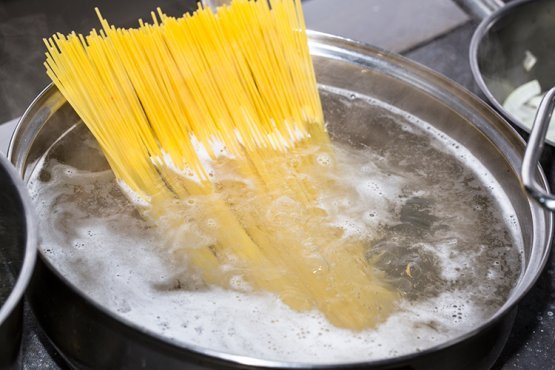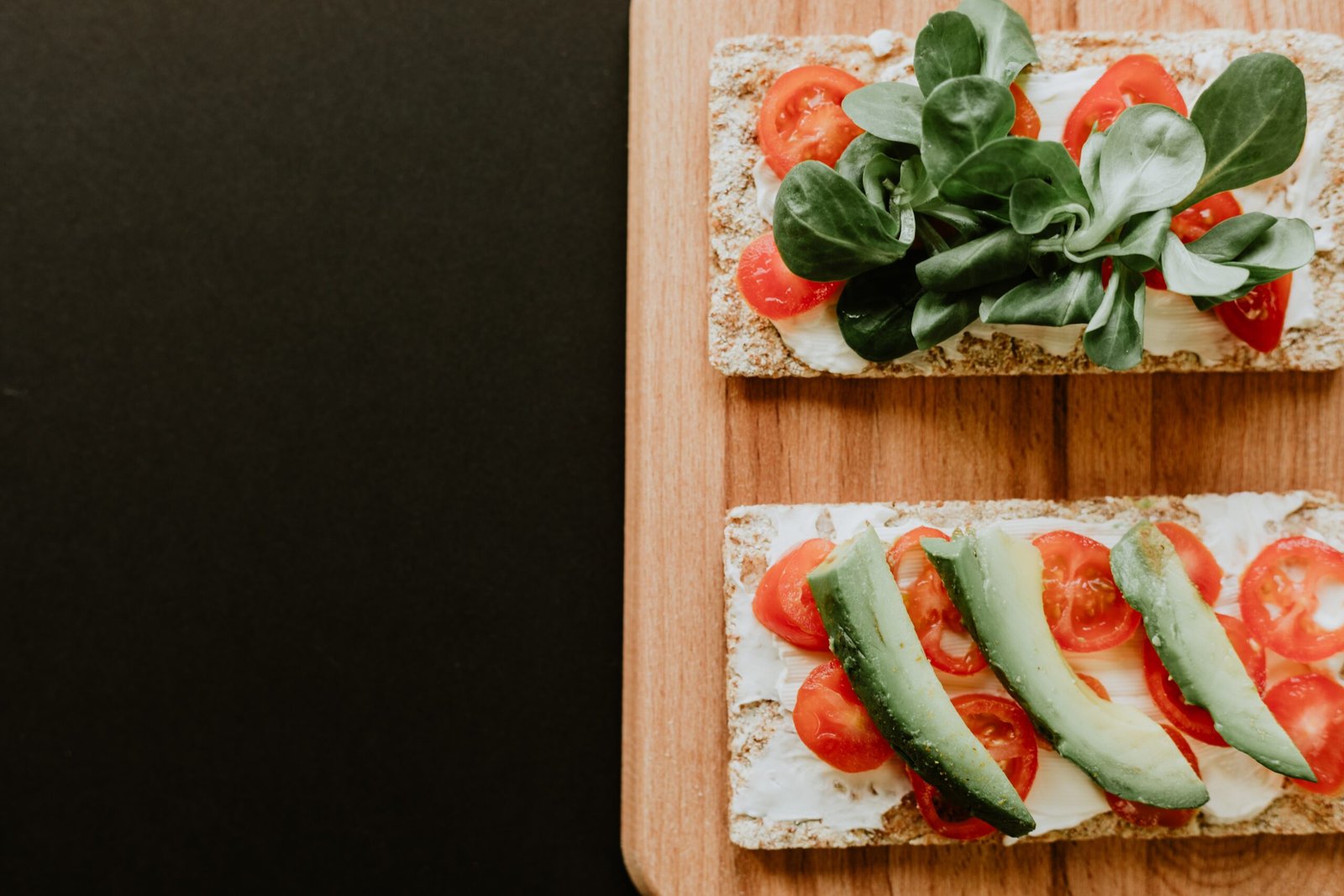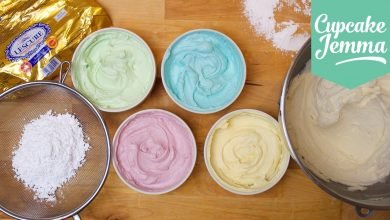Cooking pasta

 Noodles come in all possible varieties, but the same rules always apply when cooking. (Photo by: studioM / Depositphotos)
Noodles come in all possible varieties, but the same rules always apply when cooking. (Photo by: studioM / Depositphotos)Water, salt and oil
If you take too little water, the noodles will quickly stick together and become lumpy.
Too much water doesn’t do any harm when cooking pasta. It is helpful to use one liter of water for every 100 grams of pasta.
And then? Salt so that the pasta doesn’t taste bland later. Preferably one tablespoon per liter of water. Very important: Always add the salt to the water before the pasta and dissolve it well.
Oil, on the other hand, has no place in cooking water, this is a widespread misconception. Also that this would prevent sticking together. Because the oil film only prevents the pasta from rising properly.
The right portion size
How much pasta you cook depends on whether it is intended as a main course or a side dish. For an average adult, you calculate 125 to a maximum of 150 grams of raw pasta, depending on the sauce and deposits. The side dish portion is considerably smaller, assuming about 50 grams.
Tip: For spaghetti – and unfortunately only for that – there is a so-called spaghetti scoop for measuring. It looks like a ruler with different sized holes that correspond to the different number of portions.
In all other cases, only the kitchen scales will help if you don’t trust your sense of proportion to divide or quarter pasta packs.
Note the cooking time
 There are a few things to keep in mind when cooking pasta. (Photo by: Lester120 / Depositphotos)
There are a few things to keep in mind when cooking pasta. (Photo by: Lester120 / Depositphotos)When the water is boiling, add the pasta – and let it cook the whole time, stirring occasionally. Then the noodles won’t stick together. Tip: remove the lid so that the liquid does not overflow!
Now it is important to catch the right cooking time. The rule of thumb applies here: they should be firm to the bite (Italian “al dente”). On the outside, the pasta is still slightly yellowish, similar to the uncooked state. If you try it, it still has a slight bite between its teeth, so it is not completely through. The inside of the bitten noodle still has a light white, somewhat “floury” color.
Tip: Set the kitchen clock with the cooking time recommended on the pasta pack, the manufacturers have definitely found the optimal time in their cooking studios.
Drain the pasta and serve
 Pasta is extremely popular in Germany. (Photo by: Syda_Productions / Depositphotos)
Pasta is extremely popular in Germany. (Photo by: Syda_Productions / Depositphotos)When the pasta is ready, simply drain. It is not necessary to quench with cold water, it just makes the pasta cold faster.
Then there is the serving: It is advisable to add a little oil to pasta as a side dish (e.g. a few drops of truffle oil, but olive or rapeseed oil also enhance its taste). It is best to first mix main dishes with the prepared sauces or pesto and then portion. Always serve grated cheese separately, as the tastes are different.
Our recipe tips:





